- Luật
- Hỏi đáp
- Văn bản pháp luật
- Luật Giao Thông Đường Bộ
- Luật Hôn Nhân gia đình
- Luật Hành Chính,khiếu nại tố cáo
- Luật xây dựng
- Luật đất đai,bất động sản
- Luật lao động
- Luật kinh doanh đầu tư
- Luật thương mại
- Luật thuế
- Luật thi hành án
- Luật tố tụng dân sự
- Luật dân sự
- Luật thừa kế
- Luật hình sự
- Văn bản toà án Nghị quyết,án lệ
- Luật chứng khoán
- Video
- NGHIÊN CỨU PHÁP LUẬT
- ĐẦU TƯ CHỨNG KHOÁN
- BIẾN ĐỔI KHÍ HẬU
- Bình luận khoa học hình sự
- Dịch vụ pháp lý
- Tin tức và sự kiện
- Thư giãn

TIN TỨC
fanpage
Thống kê truy cập
- Online: 223
- Hôm nay: 198
- Tháng: 1621
- Tổng truy cập: 5245625
21% of Australias forests burnt by fires
A study of the current Australian bushfire season, published in Nature, finds that over 20% of Australia's forests (excluding Tasmania) have now burnt down, an amount described by the journal as "unprecedented" and "greatly exceed[ing] previous fires both within Australia and globally."
The study looked at each continent, and the area of forest burnt as a proportion of total forest cover in every fire season during the past 20 years. It found that for most continents and forest types, the area burned was typically only 4 to 5%. Higher percentages of around 10% were occasionally seen, but only in small forest regions of Africa and Asia. The figure of 21% for Australia may even be an underestimate, because the data excludes the fires in Tasmania and the continent's fire season is still ongoing.
"The data point for this year’s fires show it stands out completely from all other years for Australia or other countries," says Matthias Boer, the study’s lead author. "There is just nothing like it out there and we felt confident to call it unprecedented. The word unprecedented has been used a lot the last two months. [Our analysis] is the first in the peer-reviewed literature that puts some data behind that."
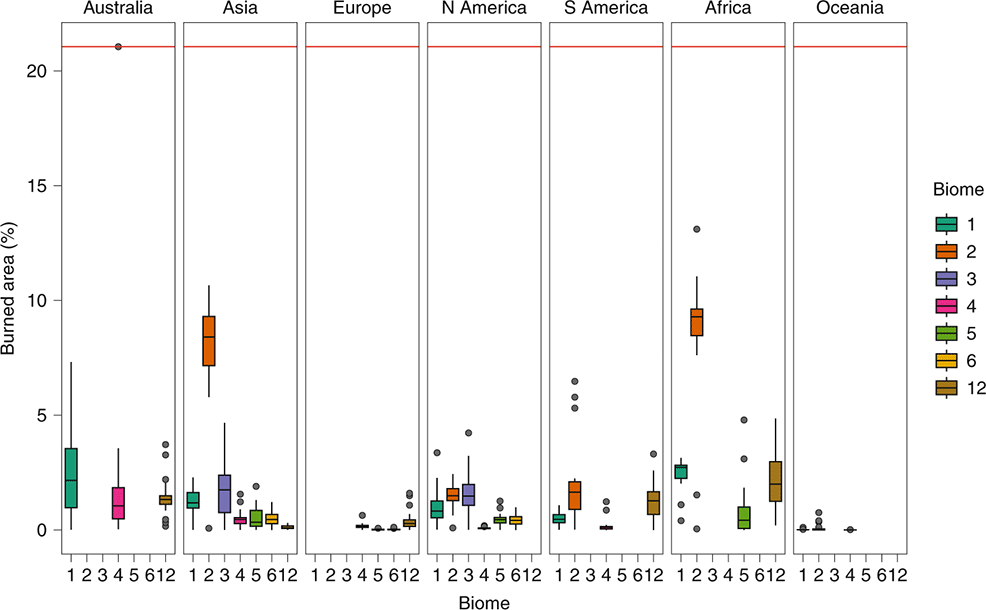
Australia's eucalypt-dominated forests are part of the Temperate Broadleaf and Mixed (TBLM) Forest Biome, which covers millions of hectares in Australia and other continents. They are among the most fire-prone forests on Earth – but in normal years of heat and drought, fires are kept in check by damp gullies and south-facing slopes that hinder the spread of fire and reduce the probability of mega-fires.
However, after three years of extreme drought and driven by high temperatures and winds, fuel conditions were the driest ever recorded, escalating fires ignited by lightning from dry thunderstorms that spread over millions of hectares from September 2019 onwards. The area-average rainfall for Australia had reached only 277.6 mm by the end of 2019, substantially below the 1961–1990 average of 465.2 mm. The country experienced its hottest year on record at 1.52°C above the 1961–1990 average, surpassing the previous record of 1.33°C in 2013. The highest ever temperature for the month of December at any location in the world occurred in Nullarbor, South Australia, with a searing 49.9°C (121.8°F).
Scientists predicted these impacts decades ago. Dr Tom Beer, for example, a climate researcher at CSIRO (Australia's pre-eminent science agency), published a 1988 study titled "Australian bushfire danger under changing climatic regimes". This paper showed how increasing temperatures would lead to drier conditions and more wildfires. A second paper in 1995, using more sophisticated climate models, backed up his earlier findings.
"Climate change predictions warned of higher temperatures, longer more widespread droughts and more extreme fire behaviours, and it seems that the future we feared has arrived sooner than expected," said Boer.
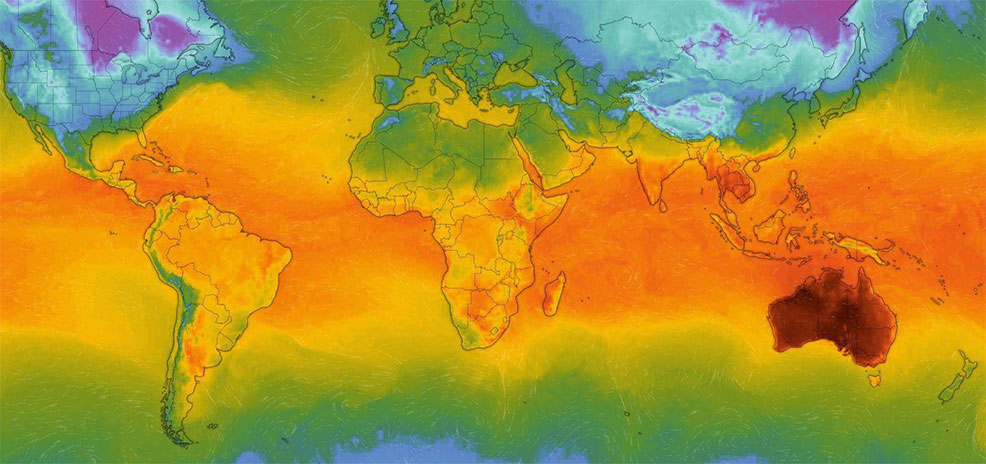
World temperature map for December 2019.
An editorial in Nature that accompanies this latest new study features comments and correspondence related to the Australian fires and their relationship to climate change – both in terms of the underlying causes, and in terms of adaptation and mitigation. "Events like the Australian bushfires are viewed as a harbinger of a future that is quickly becoming present," says the editorial. "What is different about these fires, and why have they been so effective in inspiring calls to action? One key difference is that Australia plays a much larger role in generating greenhouse gas emissions than – for example – sub-Saharan Africa (15.4 versus 0.8 metric tonnes per capita).
"A second aspect is the direct impact on people and everyday life. The majority of Australians have been affected by the fires, whereas coral reef loss is not directly seen by most. [...] The wide availability and accessibility of photos, videos and social media messages from Australia showing the disaster in real time may also play a role. There were few videos of wildlife harmed in the Amazon fires; yet images of Australia’s iconic kangaroos and koalas in front of the flames have inspired many to help."
On a more ominous note, a separate paper in the same issue concludes that in Australia, "there is no doubt that the record temperatures of the past year would not be possible without anthropogenic influence" and "under a scenario where emissions continue to grow, such a year would be average by 2040 and exceptionally cool by 2060".
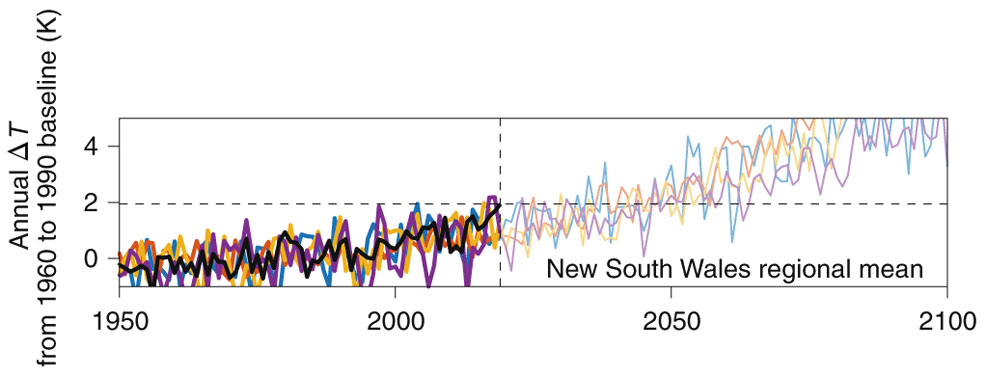
By Futuretimeline.net
Các bài viết khác
- Từ sự kiện Tổng biên tập báo TIME Greta Thunberg là Nhân vật của năm 2019 đến báo cáo Biến đổi khí hậu Phúc trình của IPCC báo động đỏ cho nhân loại 82021 (15.01.2020)
- Nga như ngồi trên đống lửa trước trò chơi nguy hiểm của Mỹ (09.03.2020)
- Giá chung cư tại TPHCM tăng nhanh gấp 7 lần Hà Nội, giá nhà ở riêng lẻ nhanh hơn 3 lần, vì sao doanh nghiệp BĐS phía Nam vẫn gặp khó? (09.03.2020)
- Kinh tế Mỹ và toàn cầu đứng trước nguy cơ suy thoái (09.03.2020)
- Vì sao giảm lãi suất không cứu được nền kinh tế khỏi coronavirus? (09.03.2020)























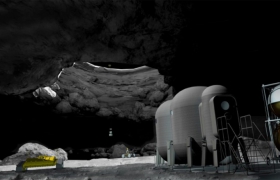
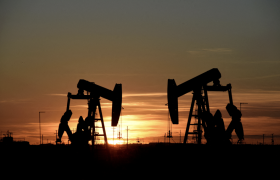
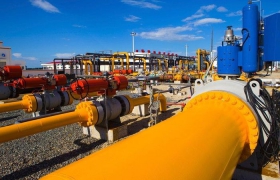

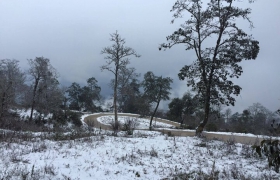






















 Yahoo:
Yahoo: 